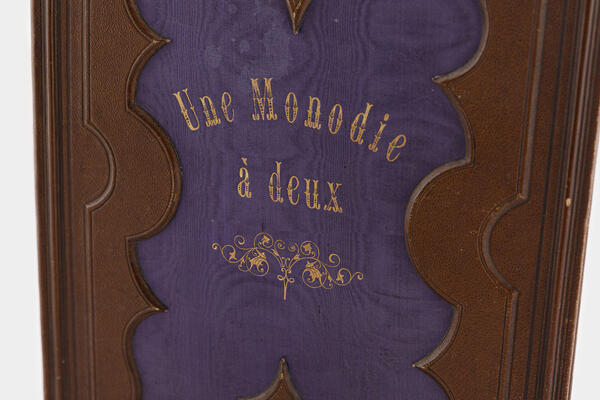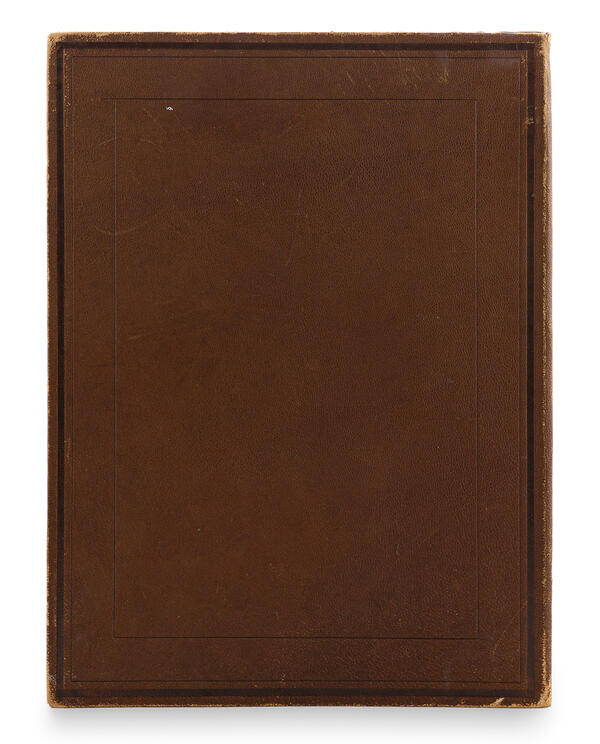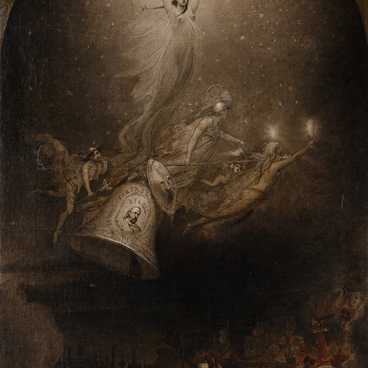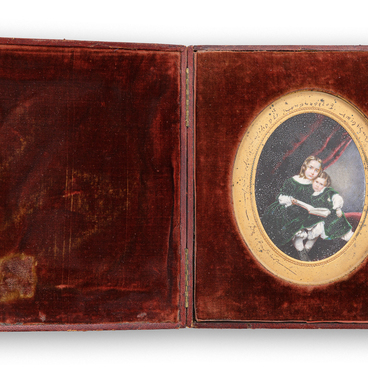The sheet music presented at the exhibition was created by the philosopher Friedrich Nietzsche on March 6, 1873, as a wedding gift for his friend Gabriel Monod, a French historian, who married Alexander Herzen’s daughter Olga.
Friedrich Nietzsche, one of the greatest and most controversial philosophers of all time, was also passionate about music. His love for it was not limited to his friendship with the composer Richard Wagner, whom he admired greatly: Nietzsche himself composed 73 music pieces, most of which were piano solos and duets. Nietzsche began his musical journey even before turning to philosophy: he received primary music education from his father, who was a Lutheran pastor. In his younger years, Friedrich Nietzsche was known for his improvisational piano skills and his habit of playing his compositions to friends at university. Nietzsche’s musical career was at its peak in 1862 when he created “Heldenklage” (Hero’s Lament), “Ungarischer Marsch” (Hungarian March), “Wie sich Rebenranken schwingen” (There Goes a Stream), and “Im Mondschein auf der Puszta” (In the Moonlight on the Puszta).





